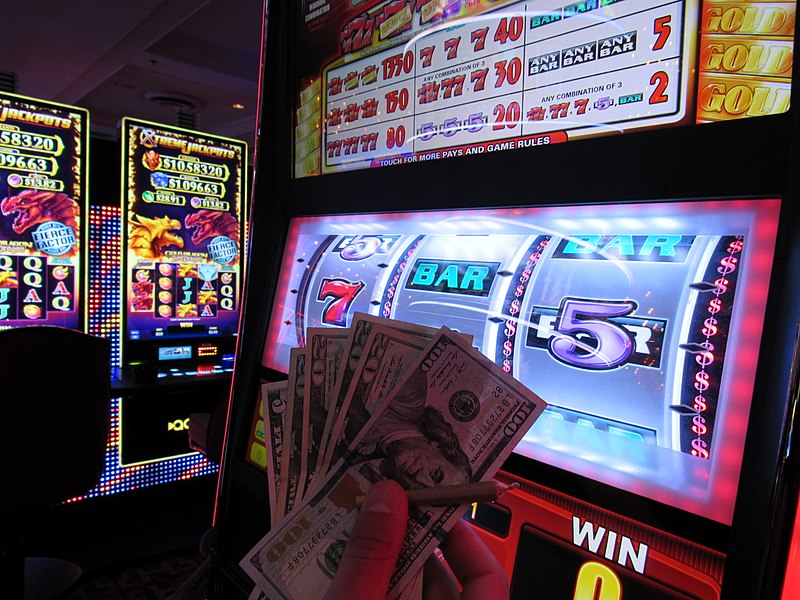Slot games have evolved from simple mechanical machines to immersive digital experiences, thanks to advancements in technology and creative game development. At the heart of a successful slot game lies captivating visuals and themes that draw players in and keep them engaged – play here.
In this article, we’ll delve into the art of slot game development, exploring the key elements that go into creating visually appealing and thematically engaging slot games.
The Visual Aesthetics of Slot Games
High-Quality Graphics and Animation
Modern slot games rely on high-quality graphics and animation to create visually appealing experiences. This includes detailed symbols, vibrant colors, and smooth animations that bring the game to life. The use of advanced rendering techniques ensures that the visuals are sharp and visually appealing on various devices.
Immersive Themes and Storytelling
Themes are the backbone of slot game development. A well-chosen theme sets the tone for the entire game and provides a framework for the visuals. Whether it’s exploring ancient civilizations, embarking on space adventures, or diving into underwater realms, a compelling theme sparks players’ imagination and keeps them engaged.
Consistent Art Style and Design Elements
A cohesive art style is crucial for creating a visually pleasing slot game. This includes consistent design elements, such as fonts, buttons, and user interface components, that blend seamlessly with the overall theme. A unified art style ensures that the game feels polished and well-crafted.
Crafting Engaging Symbols and Icons
Iconography that Resonates
Symbols are the heart of any slot game. They need to be carefully designed to not only fit the theme but also resonate with players. Recognizable symbols and icons associated with the chosen theme enhance the player’s connection to the game.
Balancing Familiarity and Uniqueness
While it’s important to include familiar symbols related to the theme, introducing unique and imaginative symbols can add an element of surprise and excitement. These distinctive symbols can become memorable elements of the game and set it apart from others in the genre.
Dynamic Soundscapes and Audio Design
Immersive Sound Effects
Sound design plays a crucial role in enhancing the player’s experience. From the jingling of coins to the roll of the reels, well-crafted sound effects add a layer of immersion and make the game more engaging. Each sound should complement the visual elements and create a cohesive audio-visual experience.
Thematic Music and Ambient Tones
The choice of music or ambient tones sets the mood for the game. Whether it’s a lively tune for an adventurous theme or a calming melody for a Zen-inspired slot, the audio should align with the chosen theme and enhance the player’s emotional connection to the game.
Iterative Design and Player Feedback
Playtesting and Player Feedback Loops
Successful slot game development often involves iterative design processes. Playtesting with real players provides valuable insights into how the visuals and themes are perceived. Analyzing player feedback allows developers to fine-tune the visual elements for maximum impact and engagement.
Conclusion: The Visual Artistry of Slot Games
Creating visually appealing and thematically engaging slot games is a blend of artistic creativity, technical expertise, and player-centric design. From crafting high-quality graphics and animation to selecting immersive themes, every element plays a crucial role in capturing the player’s imagination. By paying meticulous attention to visual aesthetics, slot game developers can create experiences that resonate with players and keep them coming back for more. Ultimately, it’s the artistry behind the visuals that elevates a slot game from a mere pastime to an immersive and unforgettable gaming experience.

